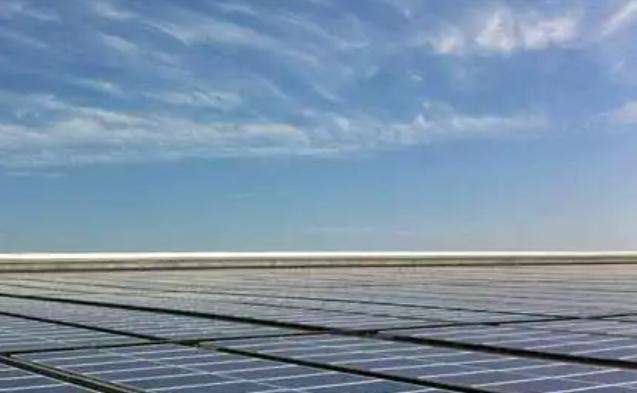Renewable resources: solar energy, geothermal energy, hydropower, wind energy, marine energy; mineral resources; petroleum resources; natural gas; Nuclear fuel.
Renewable resources refer to resources that can continue to be used after being developed and used by humans, or that can be regenerated in a short period of time, or that can be recycled. It is a type of natural resource that can be repeatedly formed in a certain cycle after use, consumption, transformation, combustion, disposal, etc., which has the characteristics of self-renewal and recovery and can be used continuously. renewable resources, It is a clean energy that strengthens construction and promotes use in sustainable development.
Non-renewable resources refer to natural resources thati cannot be regenerated for a long time after human development and use. It mainly refers to various minerals, rocks and fossil fuels found in nature, such as peat, coal, oil, natural gas, metallic minerals, non-metallic minerals, etc.
The main forms of ocean energy use include:
1. Use the difference in height or difference in flow speed in tidal movement to produce electricity.
2. Wave energy. Harness the mechanical energy of ocean waves, for example by using corrugated metal sheets to create electricity.
3. Temperature difference energy. The difference in seawater temperature is used to produce electricity using a thermoelectric generator.
4. Salinity difference. Uses the energy released by the reactorschemical actions between seawater with different salinity contents.
5. Energy from ocean currents. Generate electricity using ocean currents.
Expansion of knowledge
Ocean energy is a renewable and clean energy that uses the natural energy of the ocean to convert it into electrical energy or other forms of energy. This energy has many advantages, such as being renewable, environmentally friendly, sustainable, etc.
The main forms of ocean energy use include tidal energy, wave energy, temperature difference energy, salinity difference energy and ocean energy. ocean currents. These energies come from natural phenomena in the ocean, such as tides, waves, seawater temperature, salinity differences and currents.
Tidal energy uses the difference in heighttor or the difference in flow speed in the movement of tides to produce electricity. This energy is mainly distributed along certain coasts, such as estuaries or bays. Wave power uses the mechanical energy of ocean waves, for example using corrugated plates to generate electricity. Thermoelectric power uses the difference in seawater temperature to produce electricity using a thermoelectric generator.
Salinity energy is the energy released by chemical reactions between seawater with different salinity contents. Ocean current energy uses ocean currents to produce electricity.
The development and use of ocean energy has many benefits. First, this energy is renewable and does not deplete the Earth's resources like fossil fuels. Second, the useMost ocean energy does not produce large amounts of carbon dioxide and other harmful substances and therefore has less impact on the environment. In addition, the use of ocean energy can also promote coastal economic development of the region and improve the living standards of local residents.
However, the development and use of ocean energy also faces certain challenges. First of all, the use of this energy requires a lot of investment and technical support, particularly in certain complex marine environments. Secondly, marine power generation facilities require regular maintenance and upkeep, which also requires a certain cost and labor investment.
In addition, the development and utilization of ocean energy must also take into account the protection of the marine ecological environment in order toavoid negative impacts on the marine ecosystem.
Generally speaking, ocean energy is a renewable and clean energy source with enormous potential. With the continued advancement of technology and increased investment, the development and utilization of ocean energy will become more mature and popular in the future. At the same time, we also need to strengthen the protection and management of the marine ecological environment to ensure that the development and utilization of ocean energy is coordinated with ecological environmental protection.














